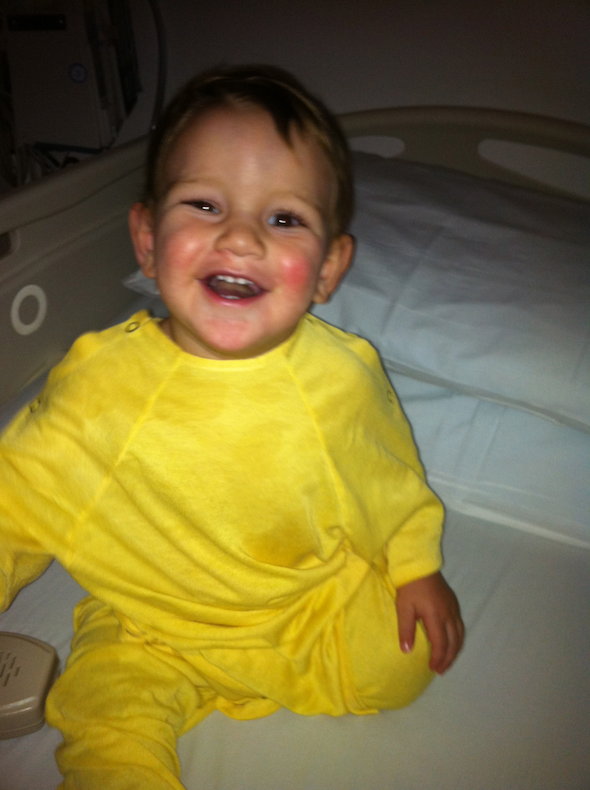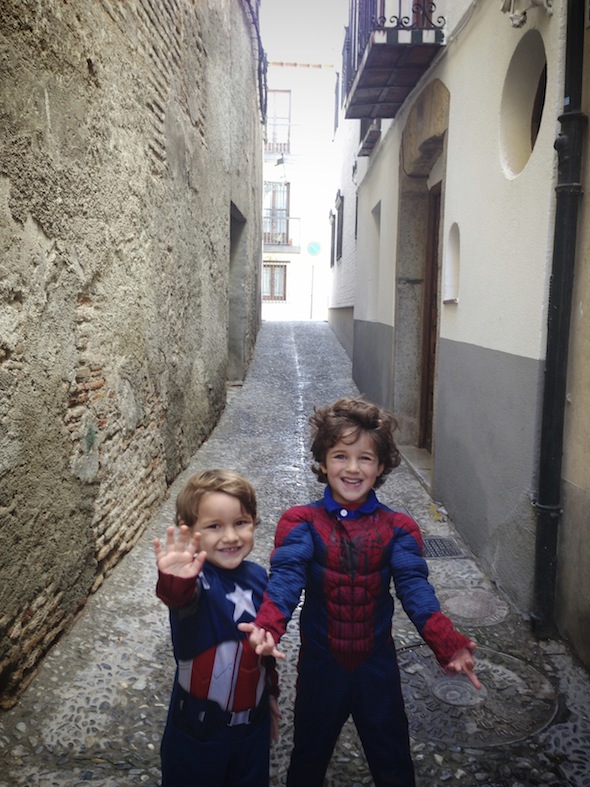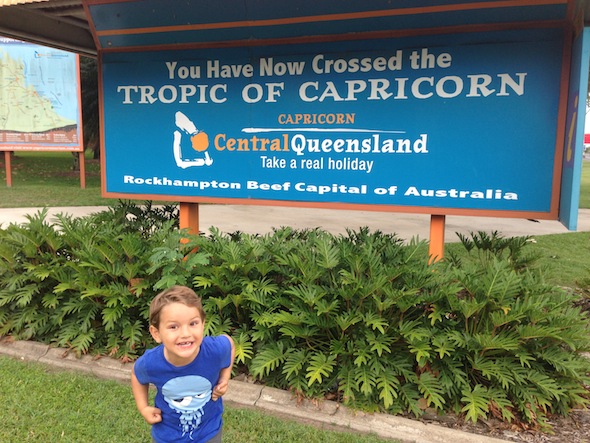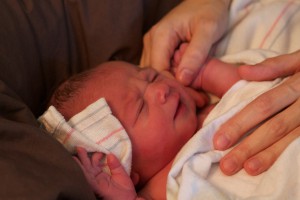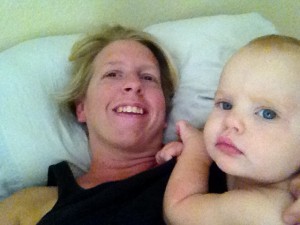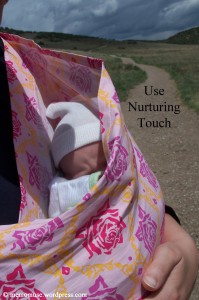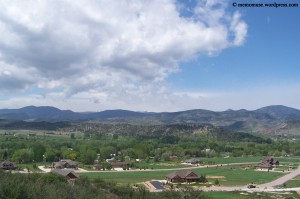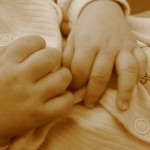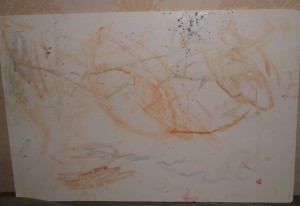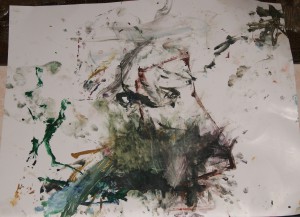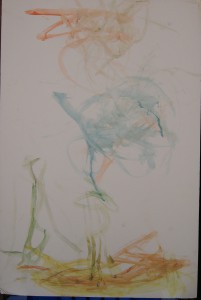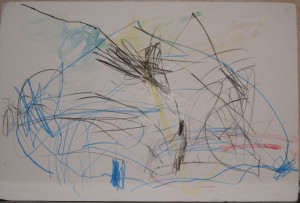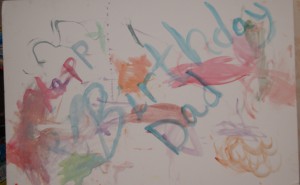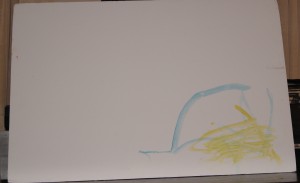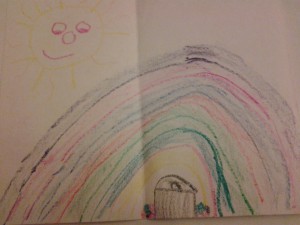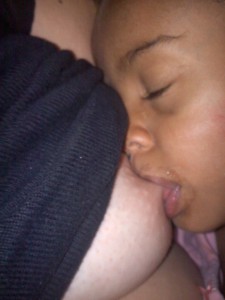On this day four years ago, I gave birth to my second child. I witnessed and experienced bringing another precious, miraculous life into this world and into my heart forever. Our gentle, loving and sweet little warrior, Aston.
Our first nine months together were not easy. My lupus decided to painfully challenge us throughout my pregnancy. I spent a lot of time at the doctor and in the hospital as a high-risk patient. All I wanted was to be healthy and to deliver a healthy baby boy. I remember lying on the table at the cardiologist’s office when they found fluid in my heart and around my lungs. I was having difficulty breathing and had alarmingly low blood pressure. I remember that day like it was yesterday.
Something very powerful happened. A calmness took over and replaced my fear. I trusted that I was meant to be a healthy mother to our two boys. I trusted that everything was going to be OK. One of the specialists said something after witnessing all of the drama Aston and I endured together. He told me that all of this suffering and all of these challenges would make Aston a stronger boy. He would get through anything, just as I would get through this.
A strong boy. That is an understatement.
Aston spent much of his first two years of life in and out of hospitals and doctor’s offices. His big brother never wanted to leave his side and was with us at every visit. He stood by him and comforted him through every test and felt his pain when he felt pain. He would put a Band-Aid on to make Aston feel better about wearing one. Their bond only strengthens with time.
I won’t go into all of the hardships he’s courageously faced up until now. I just wanted to share how brave and happy he is, despite the many struggles he’s faced. He is a survivor. He is a gentle ox, and it’s so appropriate that his Chinese birth sign is just that.
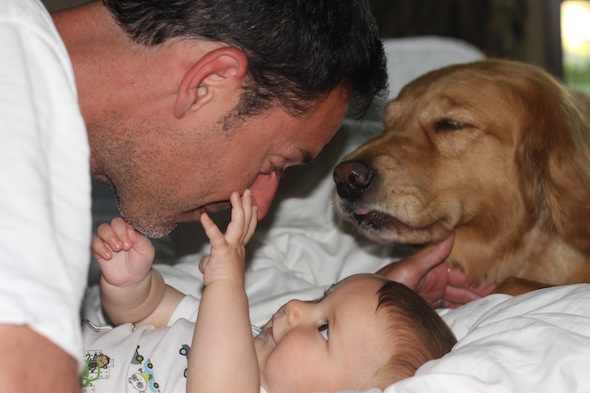
He is such a wondrous and magical spirit. He melts our hearts with his loving and kind nature. He is self assured yet open to the world and all there is to learn around him. He is so in touch with his surroundings and with humanity. His love exudes in every breath, action and word he utters. He is glorious light in our lives each day.
Aston is a wise and old soul. He teaches and leads by example. He is a loyal and one-of-a-kind friend and brother to Pierce.
He wakes up every single day with a huge and grateful smile on his face. He appreciates the very simple things in life and fundamentally gets what those things are. He warms my heart and touches my soul deeply … every moment. He amazes and inspires me every day.
Our adventure continues, and he now gets to experience the world as a proud and healthy 4-year-old. Two years ago, he was on a breathing machine daily. Witnessing him climbing the Great Wall of China, running along the beach and actively enjoying each moment of his life is a wonderful miracle every day. He is up for anything and gives everything his all, with the purest heart and uninhibited passion. I am more grateful than I can express for his presence and love in our lives.
I am so grateful that my instinct as a mother led me to the Attachment Parenting way of life from the moment our first son was born. I was living the principles of Attachment Parenting, as well as babywearing, breastfeeding and cosleeping, before I knew the term Attachment Parenting existed. I often felt alone in my way of parenting because everyone I was surrounded by was doing it differently and questioned me. I never questioned myself or doubted my ways for a second. It was very comforting, however, when I found API and discovered I wasn’t alone, had support and could communicate and connect with like-minded parents.
Today and always, I am so grateful for the closeness we all share as a family, and I can’t imagine parenting any other way. In the hospitals, they would always have a crib set up, but as you can see, I requested a bed every time. I held him every second and we got through it all together.
Thank you for celebrating with us today.
Happy Birthday, Baby Aston.





